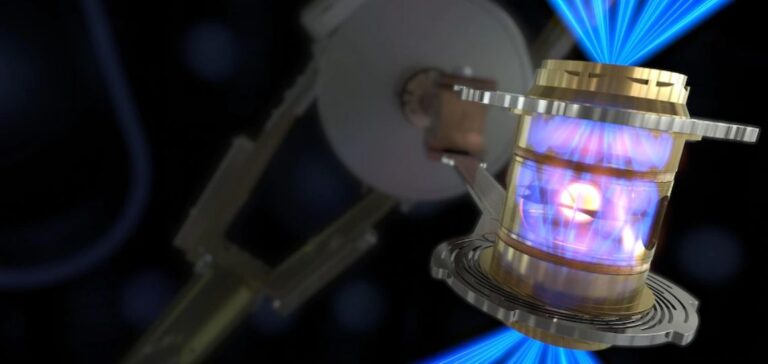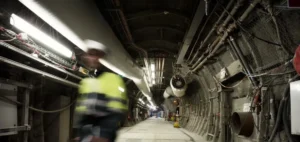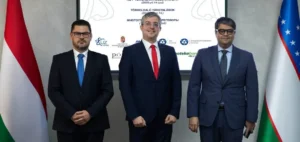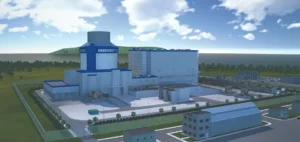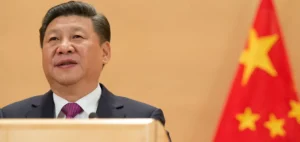The United States realizes for the first time, the fusion, by the national laboratory of the Department Of Energy (DOE).
The United States achieves fusion ignition
In the U.S., researchers are producing more energy from fusion than they are using to make it. This promises new discoveries in clean energy and nuclear weapons management. The first fusion ignition experiment took place on December 5.
A team from the National Ignition Facility (NIF) at Lawrence Livermore National Laboratory (LLNL) was successful in this step. This experiment follows decades of progress towards nuclear fusion. Fusion is the process by which two light nuclei combine to form a single heavier nucleus, releasing a large amount of energy.
For this realization, LLNL uses a laser system, the largest and most powerful in the world, the NIF. It uses laser beams to create temperatures and pressures similar to those in the heart of stars. The fusion thus produces more energy than the laser energy used to power it.
Specifically, the LLNL experiment delivered 2.05MJ of energy to the target, producing 3.15 MJ of fusion energy. This demonstrates for the first time a very fundamental scientific basis for inertial fusion energy. This achievement provides unprecedented capacity to support the National Nuclear Security Administration’s (NNSA) inventory management program.
A promising future
In addition, this fusion experiment will provide information on the prospects for clean fusion energy. This step is a game-changer for achieving U.S. climate goals. The realization of this scientific feat was possible thanks to the collaboration of many actors.
Universities such as MIT, Berkeley, and Princeton University participate in this program. International partners contribute to this success. Thus, the French Atomic Energy Commission is part of the project.
The Department Of Energy is currently re-launching a coordinated, large-scale inertial fusion program in the United States. Many scientific and technological developments are still needed to achieve a simple and affordable fusion process to power homes and businesses. However, there is a real willingness to move quickly towards commercialization of the merger.
Private investments in particular support this effort, combined with public investments. Many actors emphasize the environmental aspect, like U.S. Senator Jack Reed who states:
“I congratulate the U.S. Department of Energy and all those who contributed to this promising breakthrough that could help power a brighter clean energy future.”
Finally, it has the advantage of not producing high-level, long-lived radioactive waste.

